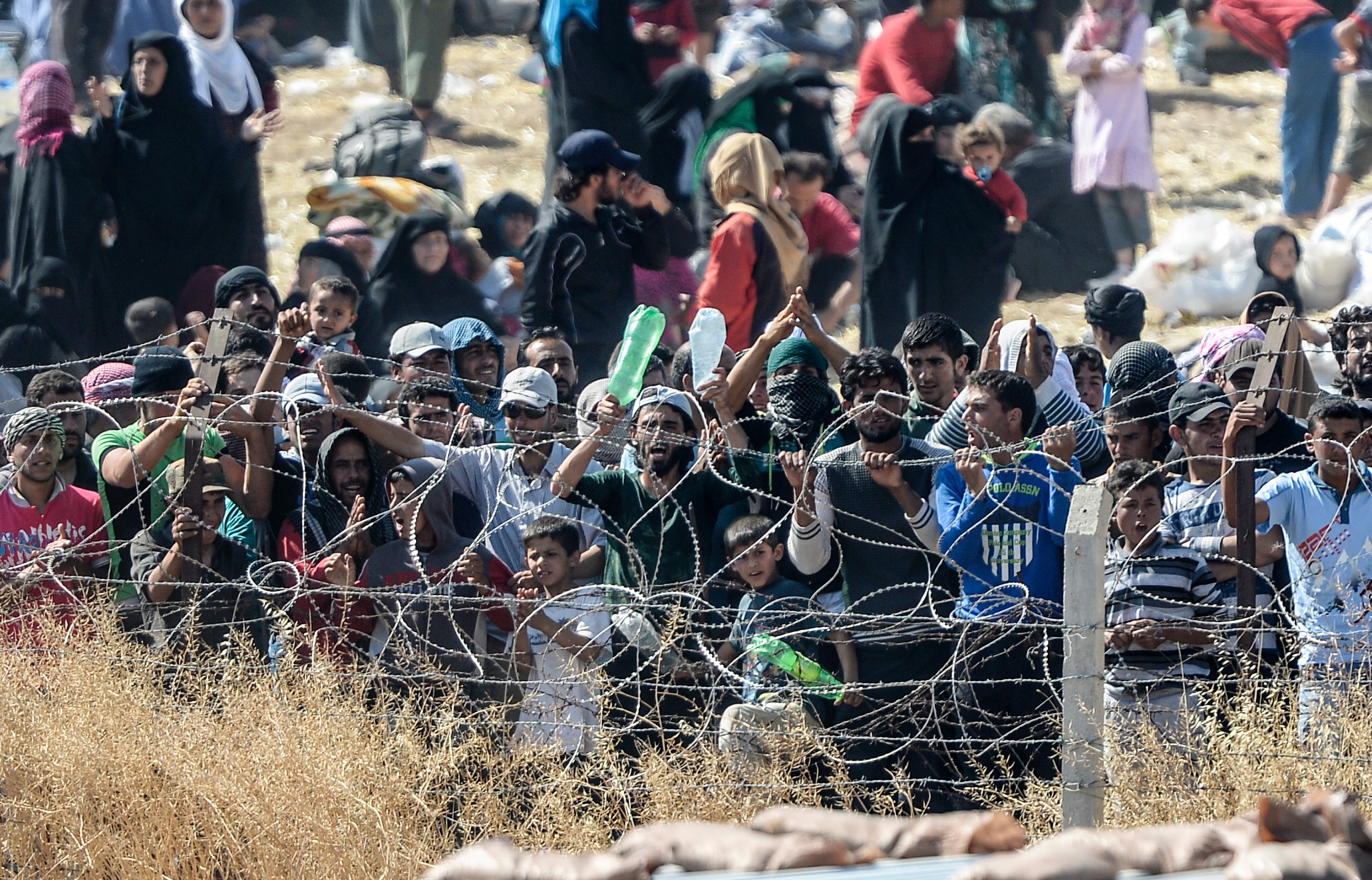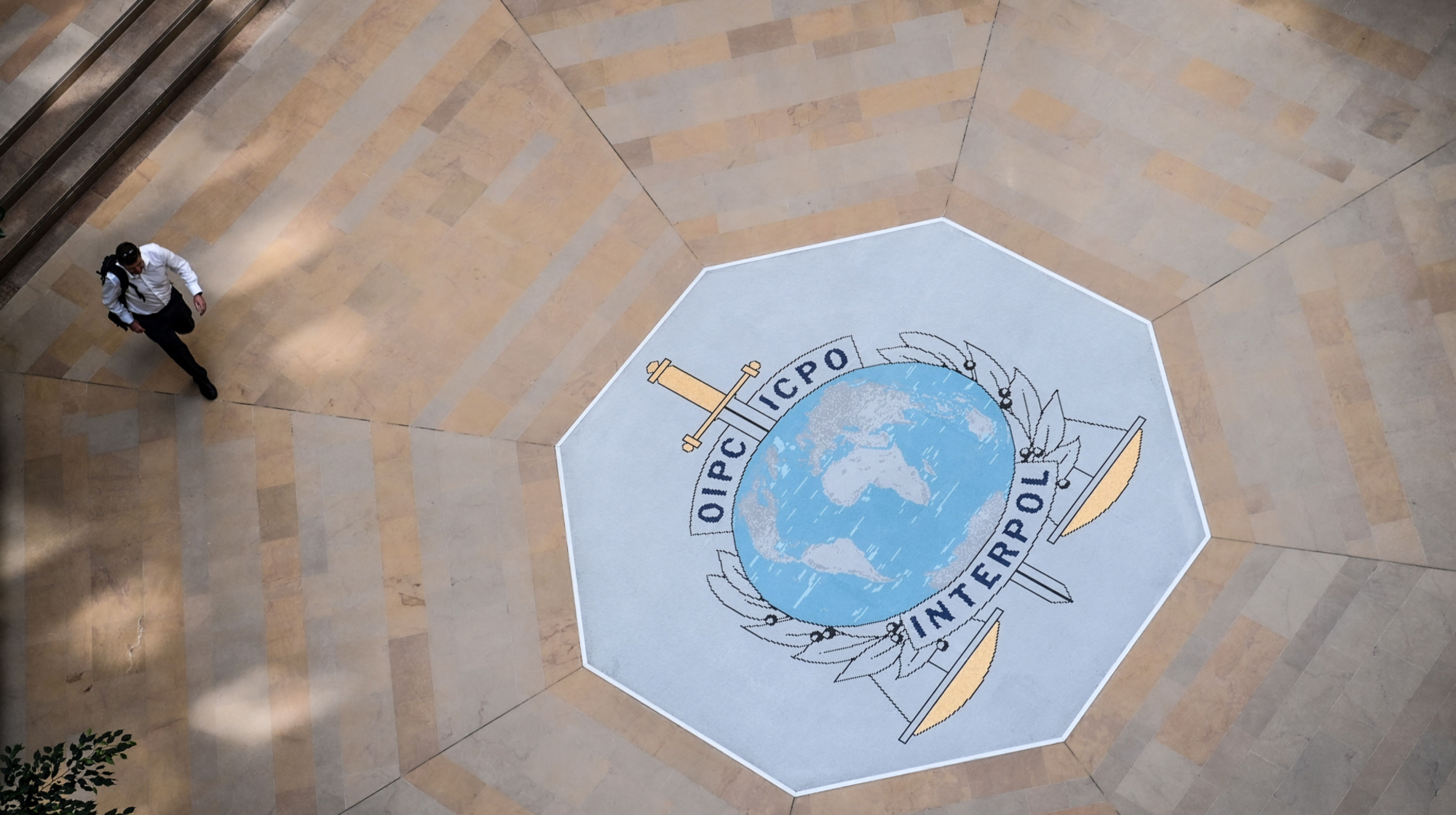How the world failed Syria
If the Syria crisis is a stress test of the international community's ability to respond capably to a major crisis, it has failed


Nearly six years ago, the convulsions of the Arab Spring, the depredations of a bloodthirsty dictator, and the opportunistic violence of extremist groups cracked Syria open like a coconut. The spillover effects of that crisis, including nearly 300,000 deaths, 5 million refugees, and 13.5 million internally displaced Syrians, have had dire consequences for the region and the world. The movement of Syrian refugees into Europe has destabilized governments from Austria to the U.K. The task of caring for refugees has strained the resources and capacities of regional governments in Lebanon, Jordan, and Turkey. And the conflict remains very much unresolved, with millions of Syrians holding slim hopes of returning to their ruined homes and communities anytime soon.
While the U.S. has participated in diplomatic efforts to resolve the crisis, the overall effort has been halfhearted. With a handful of exceptions, the wealthiest countries have accepted only a token number of Syrian refugees.
In short, if the Syria crisis was a stress test of the international community's ability to respond capably to a major crisis, it has failed. This is ominous enough on its own terms. But Syria is a minor country, with a relatively small population. The long-term question that faces the international community today is whether the world is prepared for an even worse crisis if and when a larger, more populous country falls apart. Despite two decades of academic and policy focus on failed and failing states, we are utterly unprepared to manage a crisis of such magnitude.
The Week
Escape your echo chamber. Get the facts behind the news, plus analysis from multiple perspectives.

Sign up for The Week's Free Newsletters
From our morning news briefing to a weekly Good News Newsletter, get the best of The Week delivered directly to your inbox.
From our morning news briefing to a weekly Good News Newsletter, get the best of The Week delivered directly to your inbox.
The problem of climate change is likely to make planning for disaster even more important and difficult. Like nearly every region, the Middle East is menaced by a warming planet. But no region is more susceptible to truly calamitous outcomes. Parts of North Africa and the Persian Gulf — already difficult places for human beings to survive in the scorching summer months — may become utterly uninhabitable if the planet continues to warm at present rates. The jaw-dropping warmth of February 2017 comes on the heels of a series of ruinous heat waves, including the summer 2016 heat inferno that brought life to a standstill in many countries. Temperatures reached 126 degrees in Jeddah, Saudi Arabia — numbers that are at the outer edge of human ingenuity to manage.
And it's not just the Gulf — Egypt, a country of some 90 million people, many of whom are subsistence laborers, faces a series of climate disasters including threats to the vital Nile River basin in addition to the danger of continued warming. Egypt's immediate neighbors, including Sudan, Libya, and Saudi Arabia, are unlikely candidates to be able to manage large-scale population movements, and Israel is an untenable destination for a variety of reasons. And nearly every state in the region is threatened by the marauding sociopaths of the Islamic State and its affiliates.
About 400 million people inhabit the Middle East from Morocco to Iran, and the overwhelming majority of them would be forced to migrate long before the final climate breaking point. Are we even remotely prepared to address the physical needs of so many refugees?
The problem would be bad enough if it stopped there, but dozens of poor, populous countries like Bangladesh and Somalia are also staring at serious climate-related catastrophes. Somalia is in the midst of yet another famine, which the international community has barely responded to. As many as 30 million coastal Bangladeshis may be displaced this century just from rising sea levels, and this is to say nothing of other potential warming-related problems, including an increase in deadly cyclones. A 1970 mega-cyclone that killed an estimated 500,000 people in what was then East Pakistan and India also destabilized the region and contributed to the genocidal civil war that created Bangladesh.
A free daily email with the biggest news stories of the day – and the best features from TheWeek.com
Globally, as many as 760 million people could be driven from their homes just from rising sea levels this century, including the erasure of entire societies like Tuvalu. As in Bangladesh, we can also expect political instability and civil violence to accompany any large-scale natural disasters. How carefully is the international community preparing to cope with the human dimension of these onrushing catastrophes?
The short and long answers are the same: not very carefully at all. Coordinating the response to refugees is a challenging task even when smart, well-meaning people are in charge of the globe's leading powers. The global refugee regime depends in large part on the willingness of states to do the right thing, and the existing system is already overwhelmed by the sheer numbers of desperate people on the move.
And with a cabal of delusional Nasty Men in charge of the U.S. federal government, the problem has become infinitely worse. In fact, the Trump administration has threatened to reduce U.S. funding for the United Nations, and would surely balk at increasing aid to the U.N.'s refugee organization, the UNHCR, which does enormously difficult and thankless work on a shoestring. The two most important animating principles of the Trump administration are cruelty and selfishness, which have already created a toxic policy environment for anyone seeking to work across international frontiers to help their fellow human beings.
The acuteness of the problem is clearly worsened now that the world's leading power has fallen into foreign policy disarray and total climate denial. Not only does the current leadership of the United States not believe in human-driven climate change full stop, it is bent on pursuing energy policies that will reverse the gains of the Obama years and lead to a planet that warms much more precipitously and catastrophically than it already is.
With an ideologue named Scott Pruitt in charge of the EPA, the U.S. is rolling back regulations on clean energy, air, and water, and the Trump administration appears to be on some kind of demented suicide mission to revive the dirty energy economy and unleash every last molecule of trapped carbon on the face of the Earth. From green-lighting the idiotic Keystone Pipeline (which will create a titanic 35 permanent jobs) to his stated determination to ramp up the production of coal, Trump is a global warming nightmare in an ill-fitting suit. Trump's budget director Mick Mulvaney recently said point-blank that he thinks spending to address climate change is a "waste of money."
Mulvaney, of course, works for a guy who thinks a good use of money is to build an unending series of luxury monuments to unearned wealth. Maybe someday we can stash climate refugees in them. Until then, we would be wise to prep better disaster plans.
David Faris is a professor of political science at Roosevelt University and the author of "It's Time to Fight Dirty: How Democrats Can Build a Lasting Majority in American Politics." He's a frequent contributor to Newsweek and Slate, and his work has appeared in The Washington Post, The New Republic and The Nation, among others.
-
 A luxury walking tour in Western Australia
A luxury walking tour in Western AustraliaThe Week Recommends Walk through an ‘ancient forest’ and listen to the ‘gentle hushing’ of the upper canopy
-
 What Nick Fuentes and the Groypers want
What Nick Fuentes and the Groypers wantThe Explainer White supremacism has a new face in the US: a clean-cut 27-year-old with a vast social media following
-
 5 highly amusing cartoons about rising health insurance premiums
5 highly amusing cartoons about rising health insurance premiumsCartoon Artists take on the ACA, Christmas road hazards, and more
-
 How Bulgaria’s government fell amid mass protests
How Bulgaria’s government fell amid mass protestsThe Explainer The country’s prime minister resigned as part of the fallout
-
 Femicide: Italy’s newest crime
Femicide: Italy’s newest crimeThe Explainer Landmark law to criminalise murder of a woman as an ‘act of hatred’ or ‘subjugation’ but critics say Italy is still deeply patriarchal
-
 Brazil’s Bolsonaro behind bars after appeals run out
Brazil’s Bolsonaro behind bars after appeals run outSpeed Read He will serve 27 years in prison
-
 Americans traveling abroad face renewed criticism in the Trump era
Americans traveling abroad face renewed criticism in the Trump eraThe Explainer Some of Trump’s behavior has Americans being questioned
-
 Nigeria confused by Trump invasion threat
Nigeria confused by Trump invasion threatSpeed Read Trump has claimed the country is persecuting Christians
-
 Sanae Takaichi: Japan’s Iron Lady set to be the country’s first woman prime minister
Sanae Takaichi: Japan’s Iron Lady set to be the country’s first woman prime ministerIn the Spotlight Takaichi is a member of Japan’s conservative, nationalist Liberal Democratic Party
-
 Russia is ‘helping China’ prepare for an invasion of Taiwan
Russia is ‘helping China’ prepare for an invasion of TaiwanIn the Spotlight Russia is reportedly allowing China access to military training
-
 Interpol arrests hundreds in Africa-wide sextortion crackdown
Interpol arrests hundreds in Africa-wide sextortion crackdownIN THE SPOTLIGHT A series of stings disrupts major cybercrime operations as law enforcement estimates millions in losses from schemes designed to prey on lonely users
